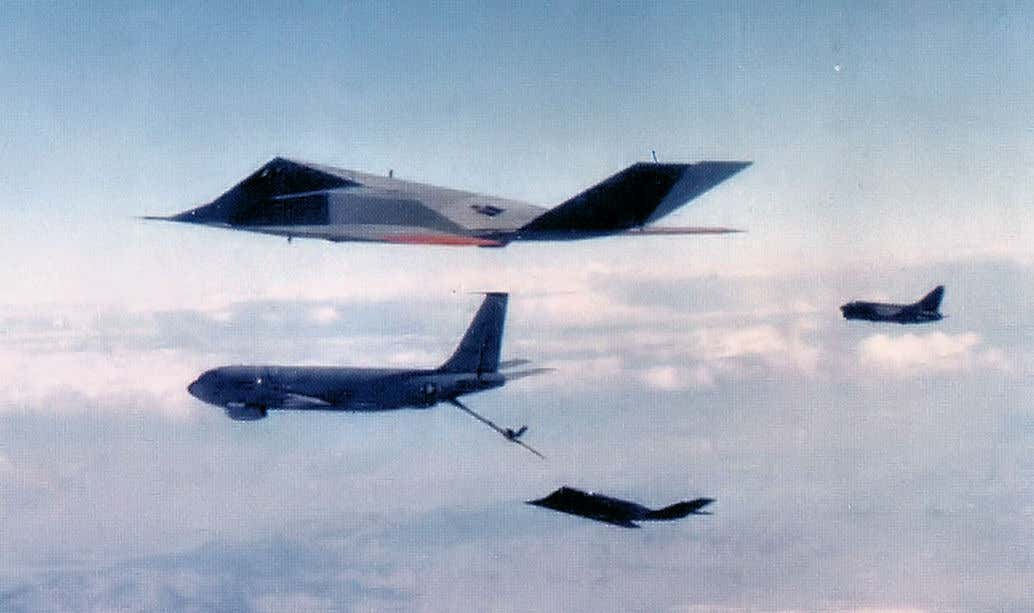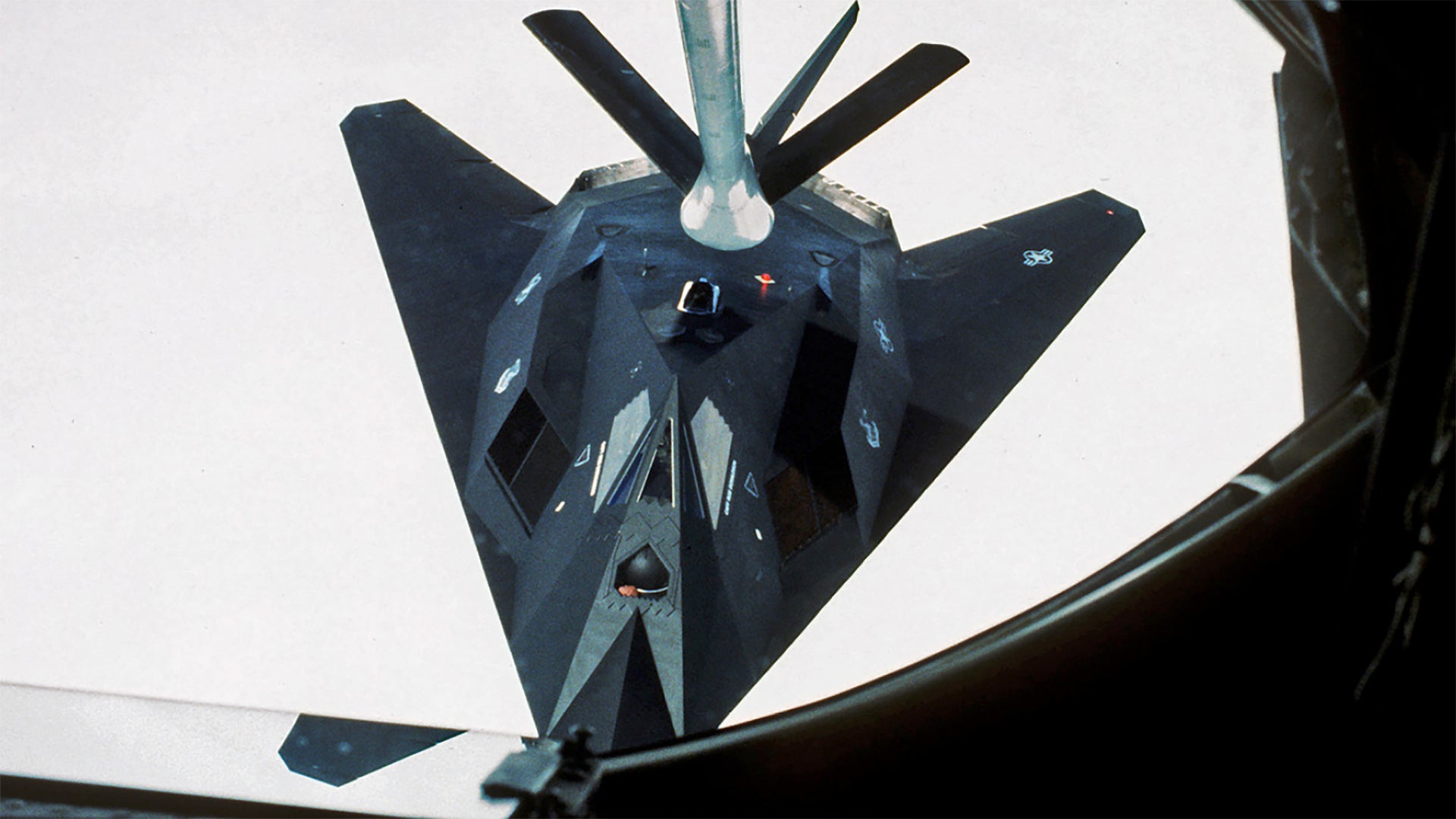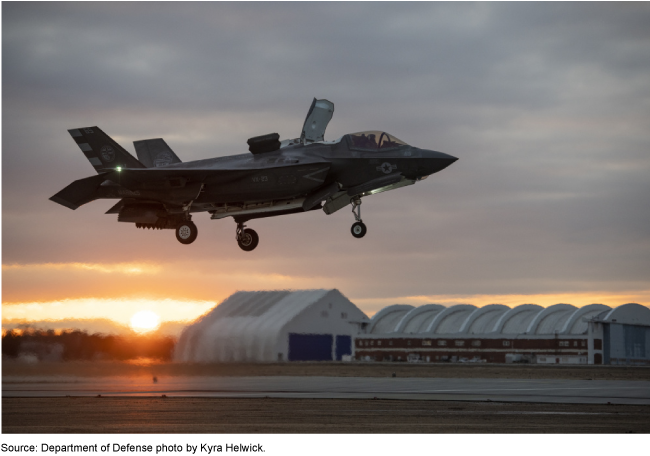U.S. Air Force officials are talking about ordering new Lockheed Martin F-16s two decades after signing the last production contract.
A review of the tactical aircraft portfolio now underway is set to deliver another Air Force acquisition shake-up in the fiscal 2023 budget request, with F-16s, Boeing F-15EXs, a new breed of so-called attritable aircraft and a next-generation fighter competing for a pool of production funding once monopolized by Lockheed’s F-35A.
The review comes as the Air Force grapples with maintaining an aging fleet of fighters and looming capacity shortfalls in the absence of a steep ramp-up in the delivery of replacement aircraft over the next decade. The F-16 remains in production in Greenville, South Carolina, where Lockheed transplanted the assembly line in 2019 to support continued international demand for the 50-year-old design.
“As you look at the new F-16 production line in South Carolina, that system has some wonderful upgraded capabilities that are worth thinking about as part of our capacity solution,” said Will Roper, former assistant secretary of the Air Force for acquisition, technology and logistics, who spoke to Aviation Week a day before he resigned his political appointment on Jan. 20.
Roper, whose three-year tenure was marked by a series of provocative changes in the Air Force’s acquisition plans and methods, also said the tactical fleet portfolio is considering a new kind of aircraft to perform the role of mock adversaries. The Skyborg program, which Roper launched in 2018, seeks to field an autonomous control system on a new family of unmanned aircraft system (UAS) designs that are intended to serve multiple missions, yet are still cheap enough to accept heavy losses. Those autonomous and attritable qualities could make such aircraft a candidate to play the adversary role in training, Roper says.
“I think, at a minimum, attritables ought to take on the adversary air mission as the first objective,” Roper said. “We pay a lot of money to have people and planes to train against that do not go into conflict with us. We can offload the adversary air mission to an artificially intelligent system that can learn and get better as it’s doing its mission.”
Adversary air missions also could groom AI-enabled UAS with the experience needed to be trusted for certain combat roles, including missions once envisioned for the Air Force’s canceled Light Air Support program.
“I think there are low-end missions that can be done against violent extremists that should be explored, but [replacing] adversary air [with attritable UAS] would save us money up front,” Roper said.
Adding consideration of new F-16s and attritable UAS to the Air Force’s ongoing review is part of a broad reimagining of the tactical aircraft fleet that began in 2018 with an internal fighter road map prepared by the Air Force Warfighting Integration Capability. The
two-year-old document, which was first reported by Aviation Week in December 2020, called for capping F-35 orders at about 1,050 instead of the program of record of 1,763.
Over the previous two decades, Air Force leaders consistently called for transitioning their roughly 2,100-strong stable of fighters to an all-stealth fleet of Lockheed F-22s and F-35s [emphasis added]. But the nonbinding road map revived internal consideration of nonstealthy jets in the Air Force’s future fleet.
The reasons for the shift in resources has evolved in public statements over time. When Air Force officials requested funding in 2019 to order the first eight of up to 144 new F-15EXs, they justified the unexpected move as a response to an urgent need. Recent inspections had determined that an aging fleet of F-15Cs require new wings to remain airworthy, and the existing training pipeline and infrastructure made F-15EXs a more expedient option than the F-35A.
But the
tactical aircraft fleet review could establish a permanent combat role for nonstealthy fighters for decades to come. The F-15EX not only represents a convenient option for an urgent F-15C replacement, but its centerline weapon station with a 7,500-lb. load capacity also may fill a gap in the Air Force’s force structure for a tactical aircraft that can carry a rocket-boosted hypersonic glide vehicle.
“The F-15EX is worth thinking about,” Roper said. “It is not going to penetrate, but it can carry a lot of weapons, including hypersonic, which makes its role potentially different [than the F-35] on a contested battlefield. [emphasis added]”
The review opens the possibility that the Air Force could order four different fighters—the F-35A, F-15EX, F-16 Block 70/72 and a next-generation fighter—while continuing to operate the Lockheed F-22 and the A-10. The Air Force also would be splitting orders between two Lockheed designs.
“We are proud to partner with the U.S. Air Force across our portfolio, including the F-16 and other fighter platforms,” says Danya Trent, Lockheed vice president for the F-16 program. As new roles are being considered for nonstealthy jets, a long-standing frustration with the costs of operating the military’s stealth fighter fleet is being exposed at the highest levels of the Pentagon. Asked by a reporter on Jan. 14 for his thoughts about the F-35, then-Acting Defense Secretary Christopher Miller referred to his department’s largest weapon system program as a “piece of shit.”
Roper also put Lockheed on notice about the Air Force’s frustration with the F-35A’s sustainment costs. Lockheed has committed to reducing the average hourly cost to operate the F-35A to $25,000 by 2025, a roughly 25% reduction compared to 2018 levels. But as his resignation approached, Roper was not satisfied with the pace of the reduction [emphasis added], as the Air Force seeks to add new F-35s to the fleet at an annual rate of 48-60 jets a year.
“I think it’s a long way from being an affordable fighter that we can buy in bulk,” Roper told reporters on Jan. 14. “That’s why other tactical aviation options are appealing to have in the mix so that the Air Force has options. There’s competition. There’s pressure on industry to improve.”
Another option the Air Force is adding to the tactical aircraft fleet in the next decade is a next-generation fighter. The details of the Next-Generation Air Dominance (NGAD) program remain classified, but Roper confirmed in September that a flight demonstrator associated with the program had secretly been flying. A
next-generation fighter engine is scheduled to complete development in fiscal 2025, potentially making a next-generation fighter ready to enter production by fiscal 2026.
That possibility could give the Air Force leverage on the high end of the tactical aircraft fleet mix, even as the F-35 receives a series of Block 4 upgrades through fiscal 2025 [emphasis added].
“I expect you’ll see other trades in terms of numbers of F-35s, up or down, and capability mixes with Block 4 versus things one might do with F-15EX or NGAD,” Roper told Aviation Week. “All of that is being reviewed now.”
Some airpower analysts are alarmed by the possibility of further F-35 spending cuts. The Mitchell Institute for Aerospace Studies, an Air Force Association think tank, is sharply critical of decisions made under Roper’s tenure to prioritize R&D programs, such as the Advanced Battle Management System, over ramping up fighter production during a three-year defense spending surge by the Trump administration.
“A good acquisition guy needs to read the broader political tea leaves,” says Douglas Birkey, executive director of the Mitchell Institute. “They were not in an R&D time. The Reagan buildup only worked because the services bought iron. The Air Force [during the Trump administration] ceded that opportunity. While the F-35s coming off the line might not have been perfect Block 4s, it would have been better to maximize the buy and then upgrade them.”
Roper, however, was unapologetic about the Air Force’s decisions during his tenure to request funding for no more than 48 F-35As annually, with another 12 added in each of the last three years by Congress.
“I would rather support an Air Force that has fewer of the world’s most capable systems than to have more that are increasingly challenged at the combat edge,” Roper said. “And as I look at the state of the Tac Air portfolio for the Air Force, it has to be changed in order to be relevant and sustainable long-term.”'
https://aviationweek.com/defense-sp...alks-new-f-16-orders-latest-acquisition-shake
Mark
Ottawa










